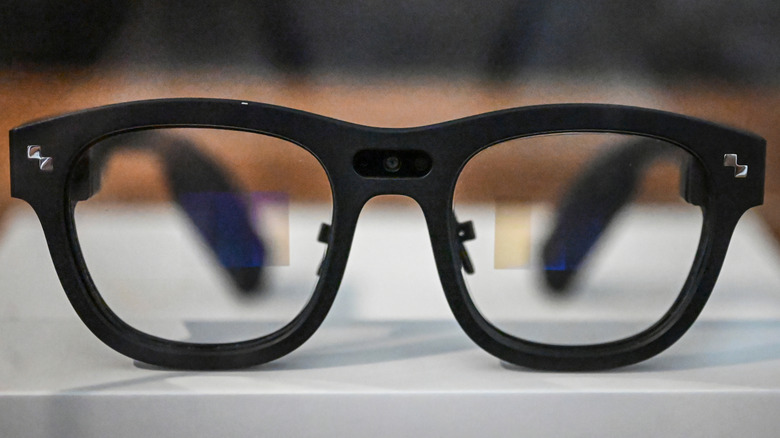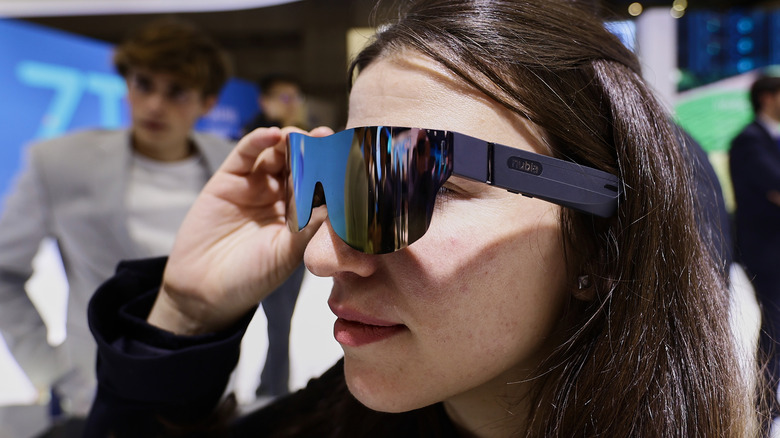Apple Just Killed A Smart Glasses Project (And We Can't Really Blame Them)
Apple has seemingly given up on its XR ambitions — or, at least, toned down its future prospects dramatically — following the lackluster reception of its uber-expensive Vision Pro Mixed Reality headset. As per a Bloomberg report, Apple has nixed plans for a pair of Augmented Reality (AR) smart glasses that would draw power from Mac hardware in tethered mode.
It seems the project, which is said to have been in development for years under the codename "N107," was chasing the tried and tested formula of glasses kitted out with display units, linked to a power-processing source. "The company had initially wanted the glasses to pair with an iPhone, but it ran into problems over how much processing power the handset could provide," says the report.
This idea is not novel: Almost every pair of AR/VR glasses out there relies on a wired phone or computing connection. Take, for example, the well-received Xreal 2 or one of RayNeo's smart glasses, which can be paired with mobile phones, laptops, iPads, consoles, and their own battery-equipped smart hubs for content consumption.
Perhaps Apple was too worried about the glasses draining the connected iPhone's battery juice, which resulted in shifting the wired connection interface to a Mac. The idea was that the Mac would not only provide more firepower, but also a larger battery to keep the AR smart glasses running for a longer duration. However, it seems silicon performance and battery uptake were not the only problems.
A nascent field with high aspirations
Smart glasses have been notoriously hard to master. You either run into display unit hurdles like edge blurring, poor brightness output, or a terrible software interface, paired with heating and haphazard input problems. Apple's smart glasses project was apparently running into some serious woes, as well. The Bloomberg report notes that the test units of the smart glasses fared poorly when it was tested internally, but it seems Apple had the fundamental vision locked.
"The N107 device had advanced projectors that could display information, images and video in the field of view for each eye, similar to augmented reality glasses being developed by Meta and others," says the Bloomberg report.
Meta, for example, recently showcased the Orion AR smart glasses, which rely on a custom screen architecture without any mounted display units. However, the company has made it clear that a consumer-ready version is still a few years away due to cost and technical hurdles. That said, it seems all hope is not lost.
Apple is reportedly continuing the work on the fundamental tech stack — which includes custom microLED-type screens — and it might eventually appear on AR glasses at some point in the future. Apple also developed a lens system that would automatically change the tint of the glasses depending on the usage scenario. Apple won't be the only one to deliver such a convenience. In the buzzing market for smart glasses in 2025, the Xreal Air 2 Ultra smart glasses already serves electrochromic dimming tech that allows users to choose between three tint intensity levels.

